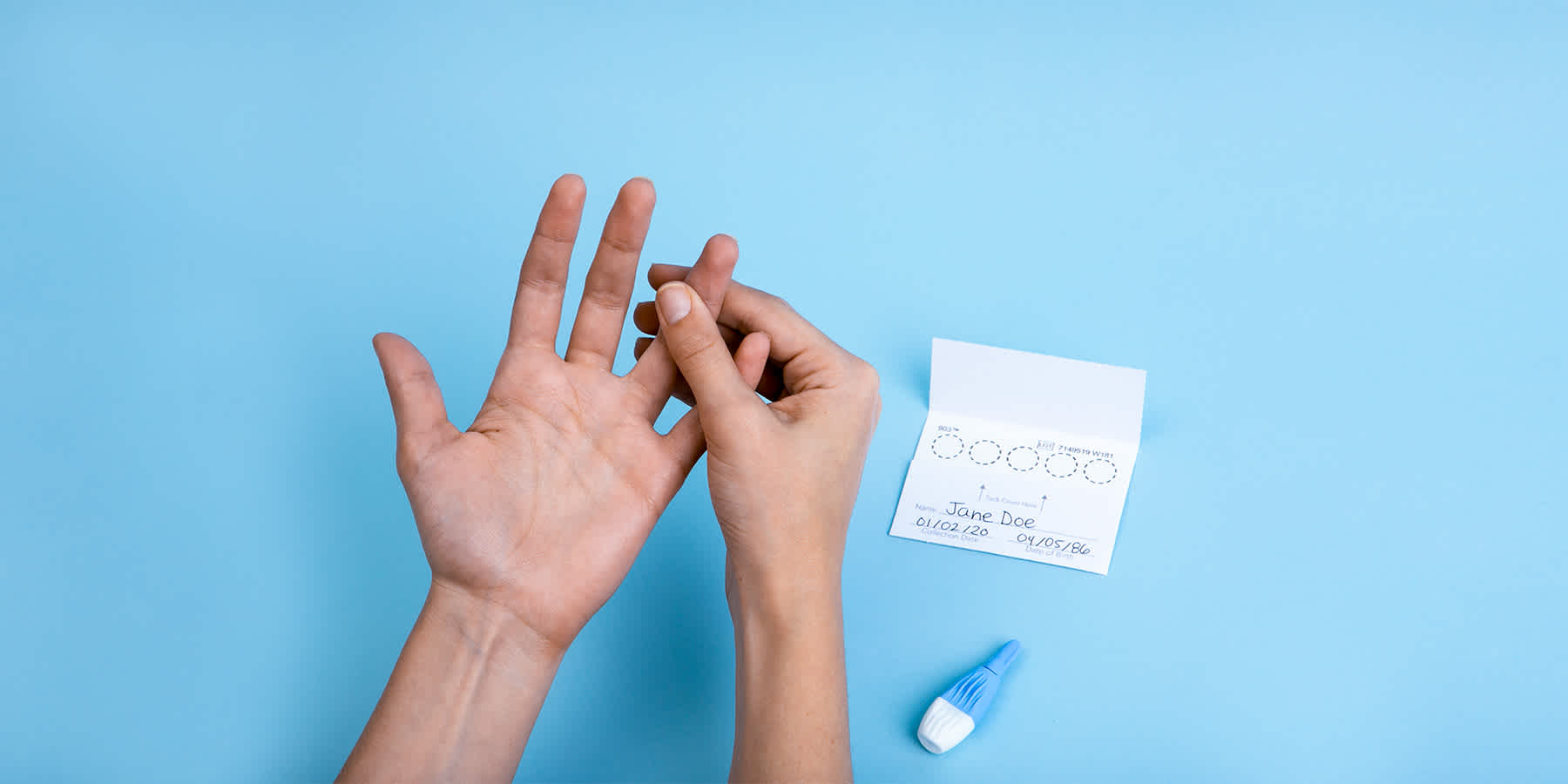
Collection Methods
Collection Methods
Multiple peer-reviewed publications, nationally and internationally, support the use of dried blood spot (DBS) and other self-collection methods like saliva, vaginal swab, urine, and stool for a variety of biomarkers, including but not limited to HIV, Hepatitis C, chlamydia, HPV, and cholesterol. One of the best examples of the use of DBS is the heel prick used for Newborn Metabolic Screening tests, which are used to make important decisions regarding an infant's health. The stability of DBS has been shown to be adequate at ambient temperatures for many days and at controlled storage temperatures for years. The accuracy of both DBS and self-collected results are congruent with clinically-collected samples. Everlywell has partnered with labs across the US who have validated all of the biomarkers we offer customers 1) against traditional venipuncture and 2) for self-collected DBS samples. That data is reviewed and approved by the certified Laboratory Director at each partner lab, the Everlywell Clinical Team, and our partner physician network’s medical team.
For the most part, the tests offered through Everlywell and those ordered in a physician’s office are the same. The primary difference is the sample type, for example a dried blood spot instead of venous blood draw. The instruments and assays used by our partner laboratories are comparable to, and often the same as, those used by the labs a doctor’s office uses. Our at-home sample collection methods, like dried blood spot or saliva, have been widely-accepted and highly utilized for decades in areas of the laboratory industry such as neonatal testing and metabolic screening; we simply broadened the scope of that utilization to include other tests.
All of our partner labs’ testing methods and instruments go through an extensive validation process that includes but is not limited to accuracy, precision, reproducibility, and clinical correlation studies. Before we use a sample type that varies from the traditional sample type in a test, a paired sample study is also performed by the laboratory. For example, a paired sample study for DBS specimens would compare blood drawn from a patient’s vein to blood collected on the blood spot card at the same time and sent to the lab for analysis. The results of the paired sample study must be within an acceptable limit of variation established by external standards (we use the Westgard international standards) and our own internal quality standards for the assay to be approved for use.
Our tests are the same tests ordered by your doctors’ office and are just as accurate as the panels run at traditional brick-and-mortar labs.
Lab Processing + Extraction
Every sample that our partner labs receive has a unique barcode ID that is used to identify the sample throughout the entire testing process. This barcode ID is linked to the customer and ensures the results are accurately delivered to the correct person and greatly reduces the incidence of associated errors (e.g., a sample mix up because of human error in writing/tracking).
Our partner labs use thoroughly validated extraction protocols to process samples in order to ensure the highest level of sample fidelity and quality of testing results. Each extraction protocol goes through strict scrutiny and is held to the same high level of quality standards as the method validations performed at our partner labs. The sample extraction validation is included in the method validation (when appropriate) to ensure the end to end process produces the highest quality and most accurate results possible.